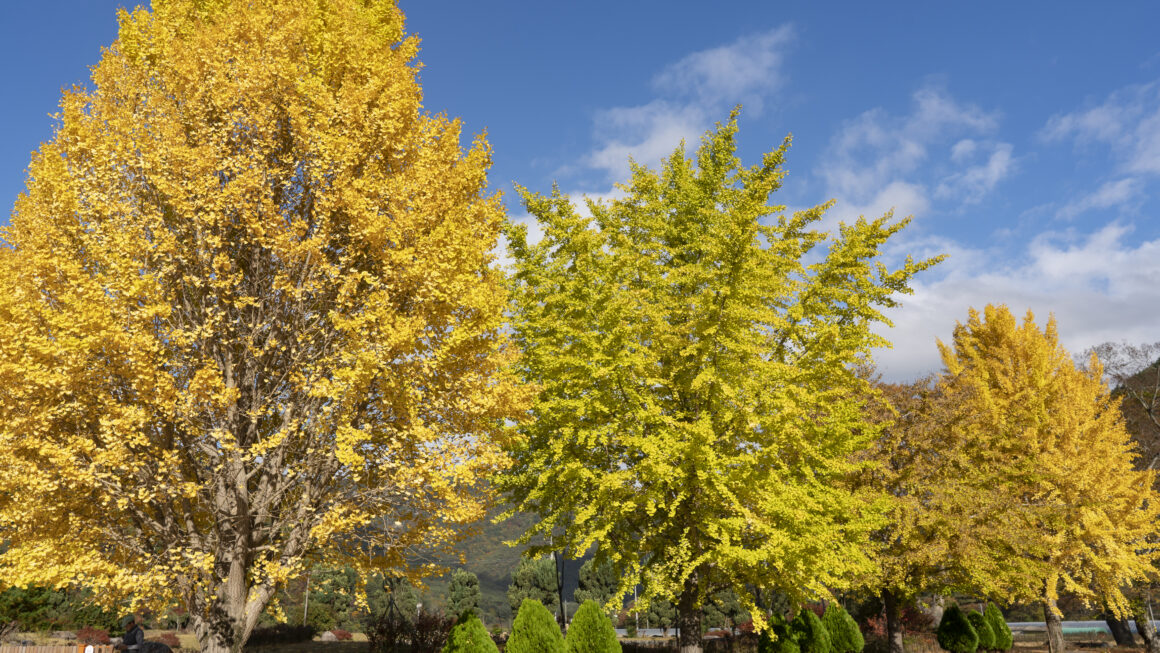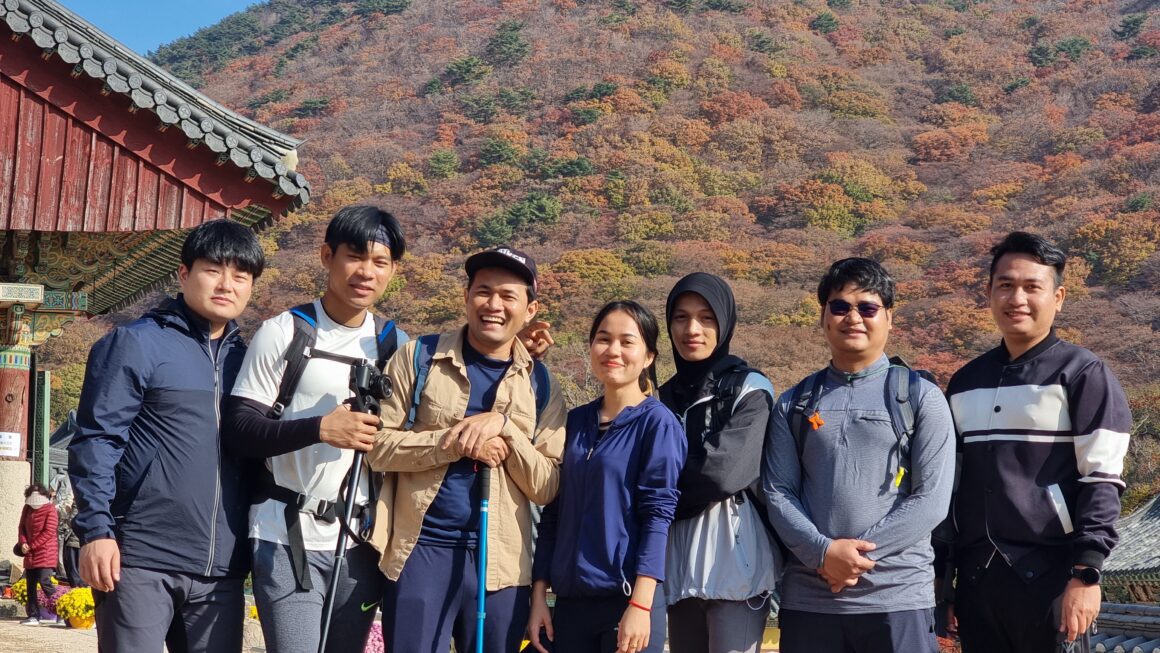On a crisp autumn morning, our adventure began with excitement and a little bit of chill in the air. We left Busan subway station at 7:00 AM, ready for a full day of hiking, exploring, and discovering the beauty and history surrounding 금정산 (Geumjeongsan Mountain). Before heading up the mountain, we stopped by a small convenience store to grab some food and water — the essentials for any hiking trip. With snacks packed and energy high, we set out toward one of Busan’s most famous mountains.
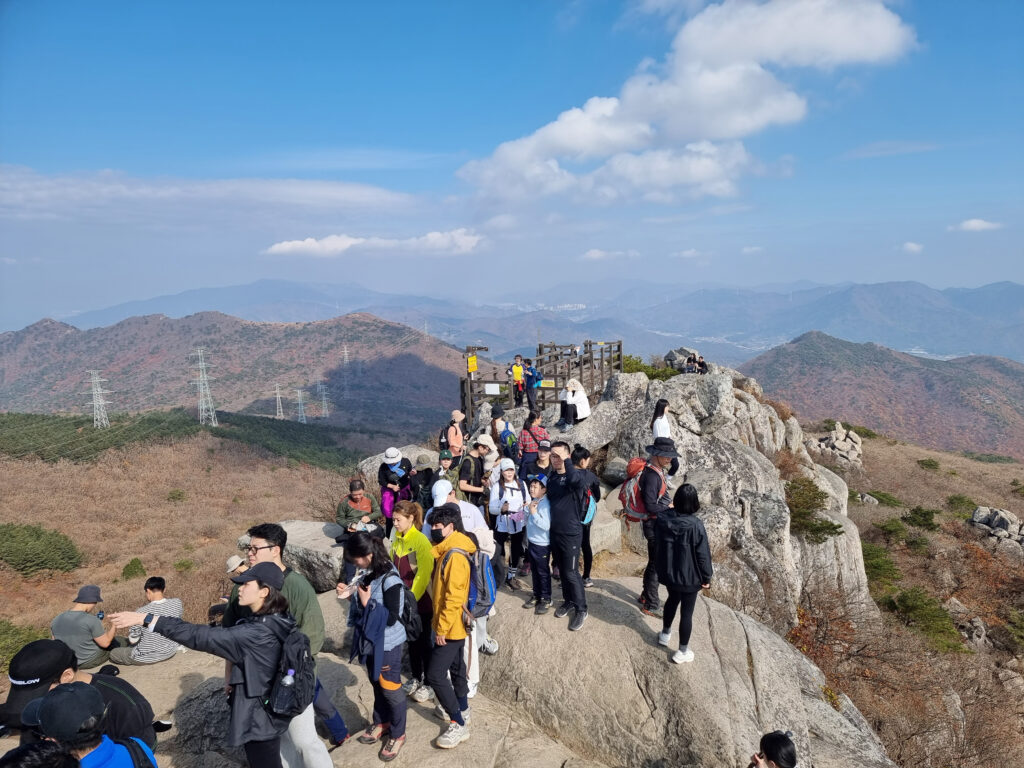
About 금정산 (Geumjeongsan Mountain)
금정산, standing at about 801 meters, is the highest mountain in Busan and has long been considered a guardian of the city. Its name is often translated as “Golden Well Mountain,” a reference to a legendary golden spring that was said to exist near the summit.
Historically, 금정산 played a major role in defending the southern coast of Korea. During the Joseon Dynasty, the Geumjeong Fortress (금정산성) was built here, and parts of its stone walls still remain today. At its peak, the fortress walls stretched over 17 kilometers, making it one of the largest mountain fortresses in Korea. Hiking through the mountain trails, you can still find traces of these stone walls, quietly reminding us of the past.
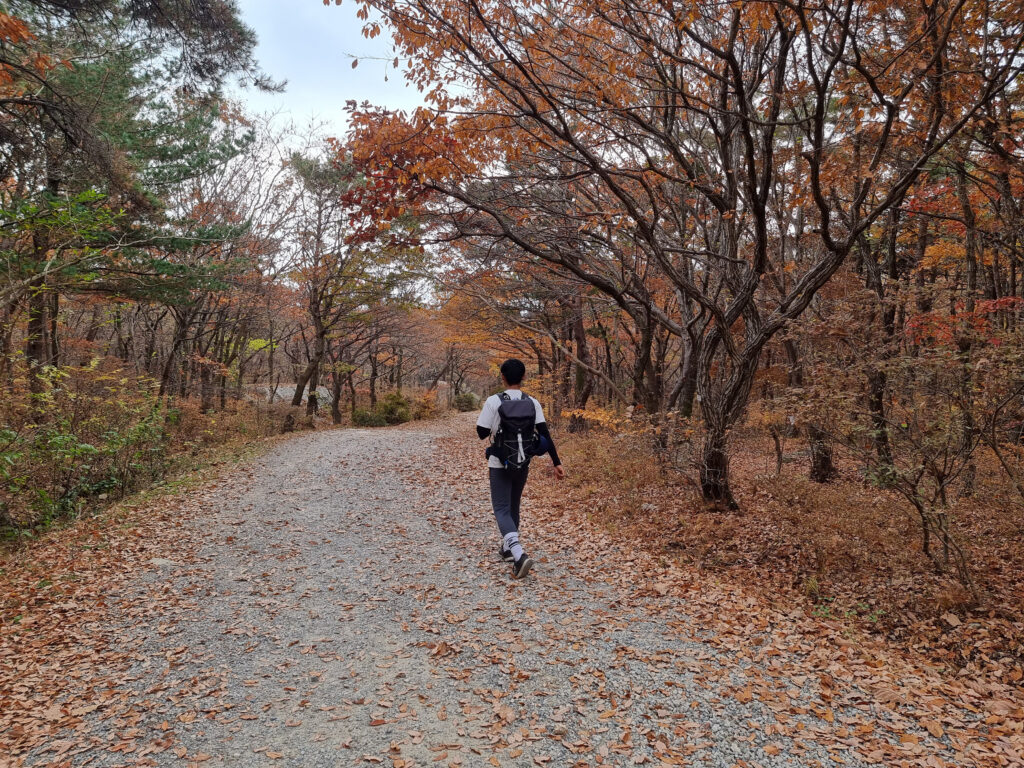
Beyond its history, 금정산 is beloved for its natural beauty. In autumn, the mountain transforms into a colorful painting, with fiery red and golden leaves covering the slopes. It’s one of the best times to visit, and we felt lucky to experience the mountain during this beautiful season.
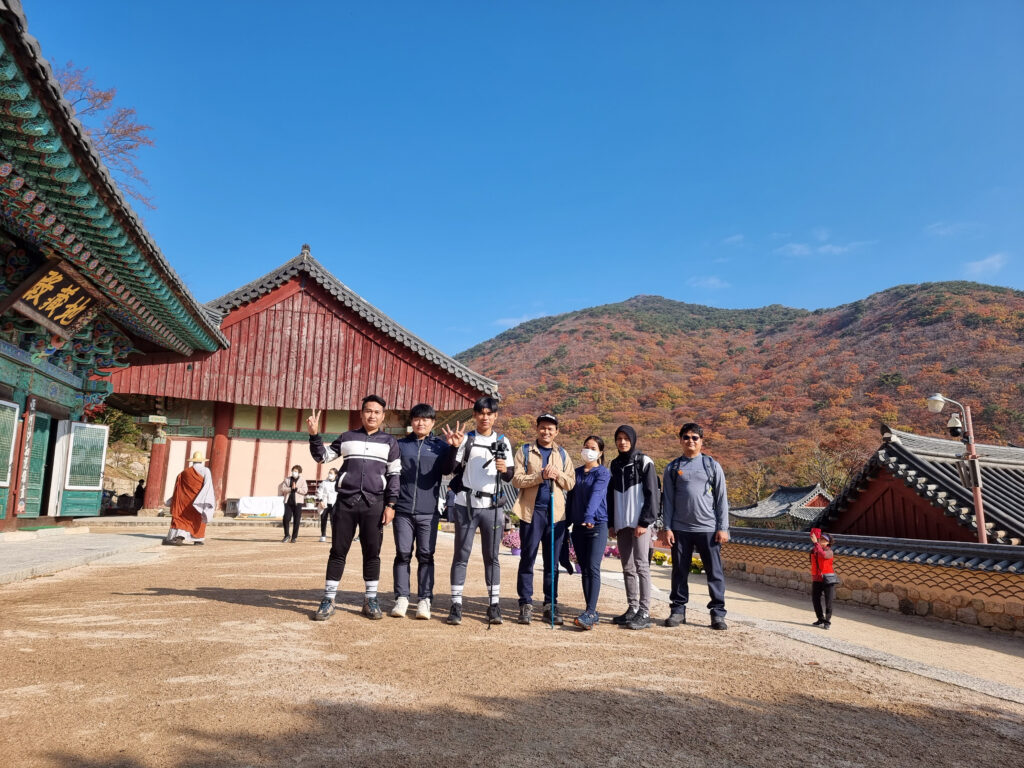
Visit to 범어사 (Beomeosa Temple)
As we made our way up, we visited 범어사 (Beomeosa Temple), one of Busan’s most famous and historically important Buddhist temples. Founded in 678 AD during the Silla Dynasty, Beomeosa has stood for more than 1,300 years.
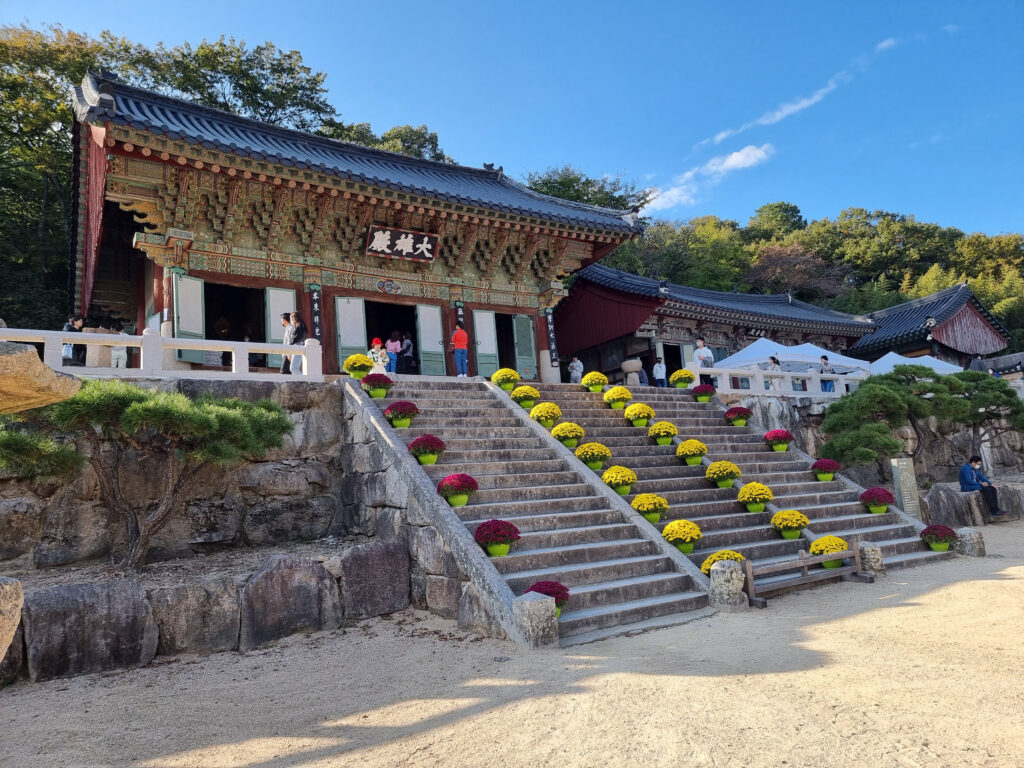
The name “Beomeosa” translates to “Temple of the Nirvana Fish”, which comes from a legend that a golden fish descended from heaven and lived in a well on the temple grounds. This well is said to never dry up, symbolizing eternal life and spiritual abundance.
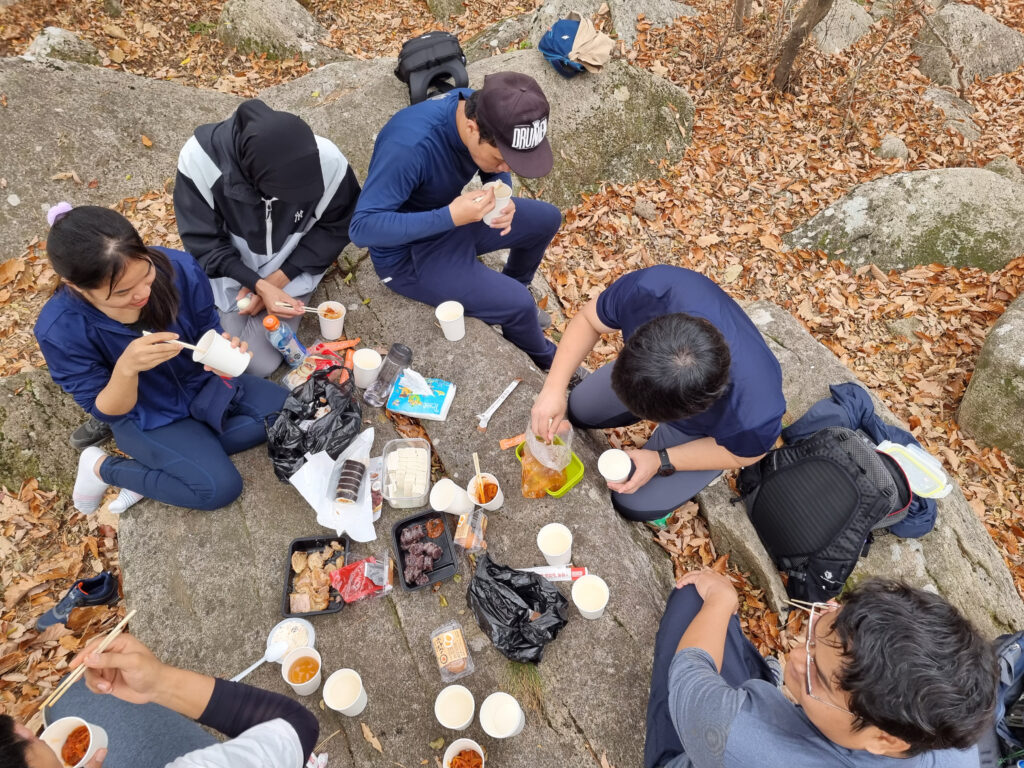
Walking around Beomeosa, we admired the elegant architecture of the main hall, the serene pagodas, and the peaceful atmosphere. The temple is not just a religious site but also a cultural treasure, housing many important artifacts and designated national treasures of Korea. The calm energy of the temple gave us a nice break before continuing our hike further into the mountain.
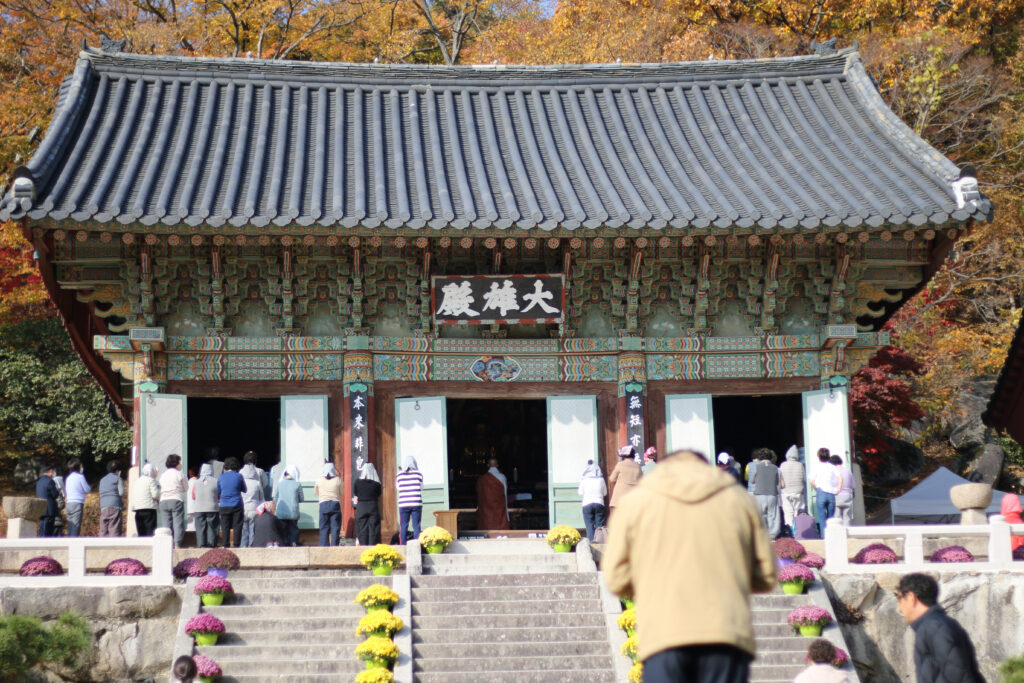
Hiking Through Autumn Colors
The trail up 금정산 was breathtaking. Autumn leaves painted the forest in shades of red, orange, and yellow. The crisp air made the hike refreshing, and we stopped often to take photos of the scenery. Along the way, we enjoyed the balance of history and nature — old stone fortress walls blending perfectly with the surrounding trees.
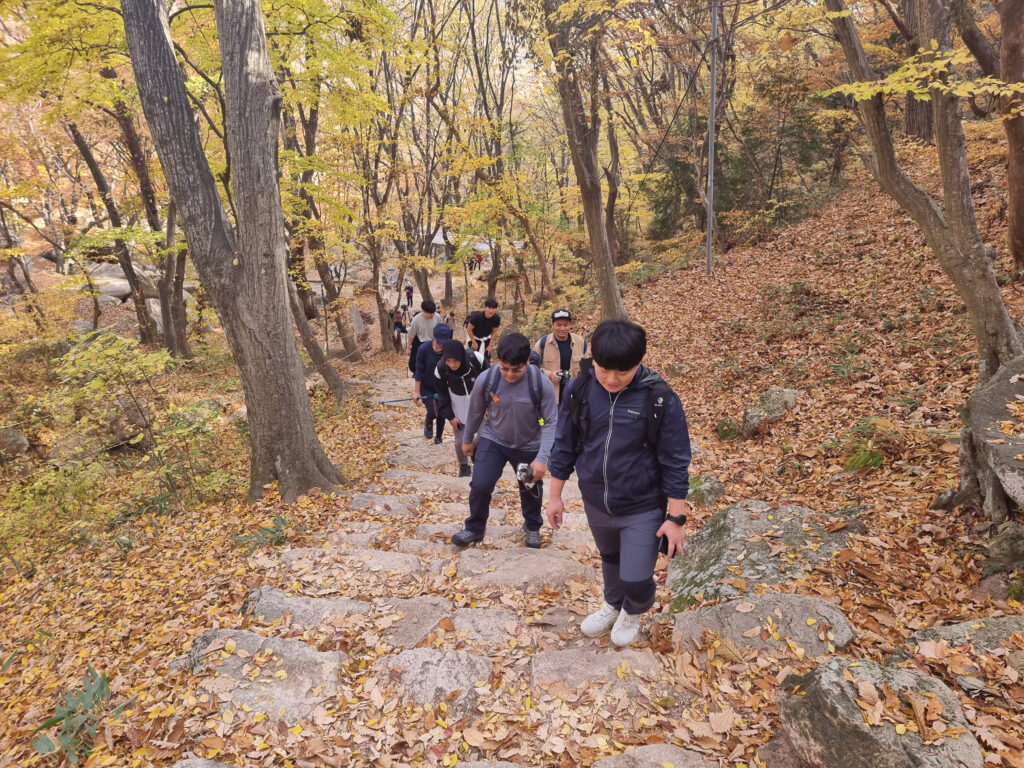
Every turn offered a new view: valleys covered in autumn colors, small streams running through the forest, and at higher points, sweeping views of Busan city below. It was a reminder of how close nature and urban life are in this vibrant city.
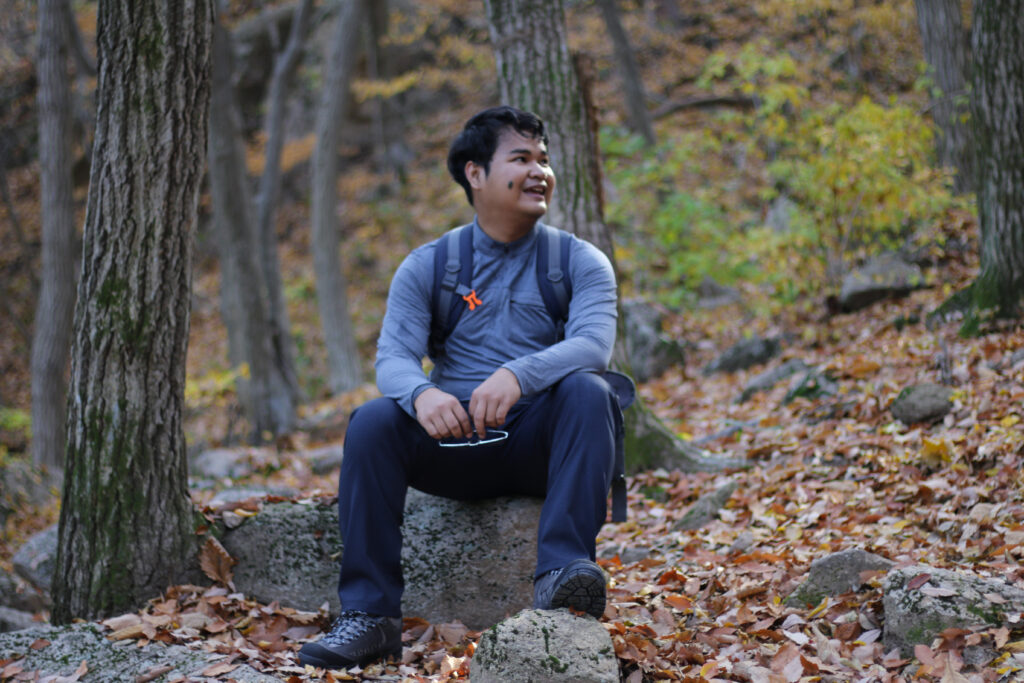
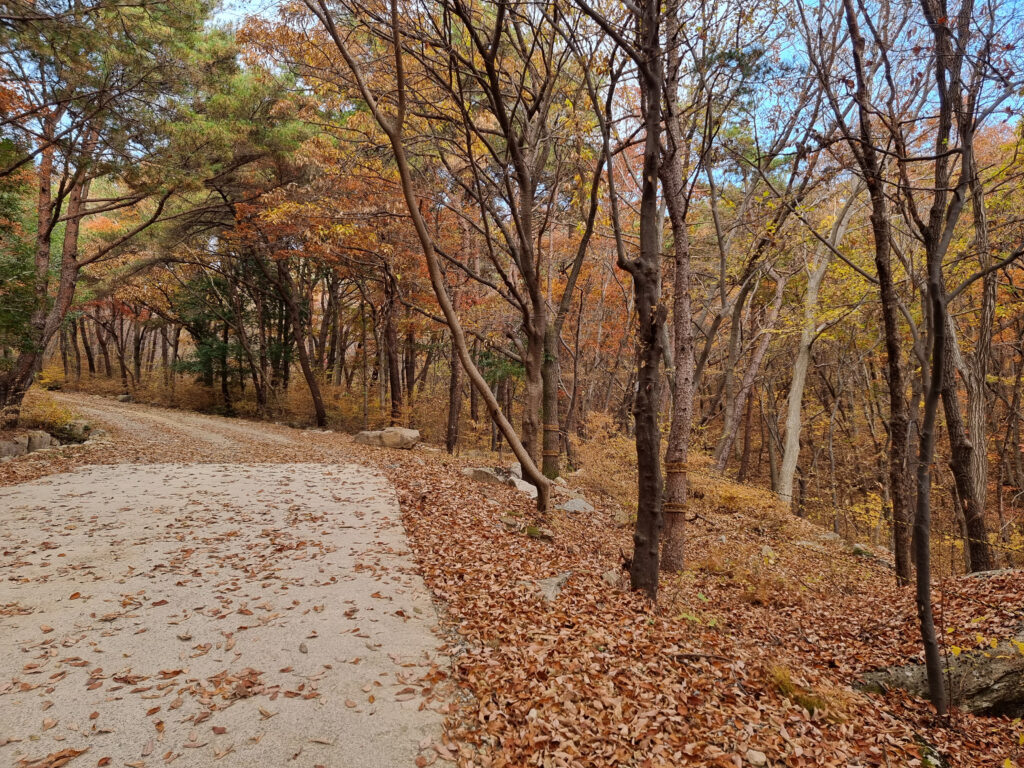
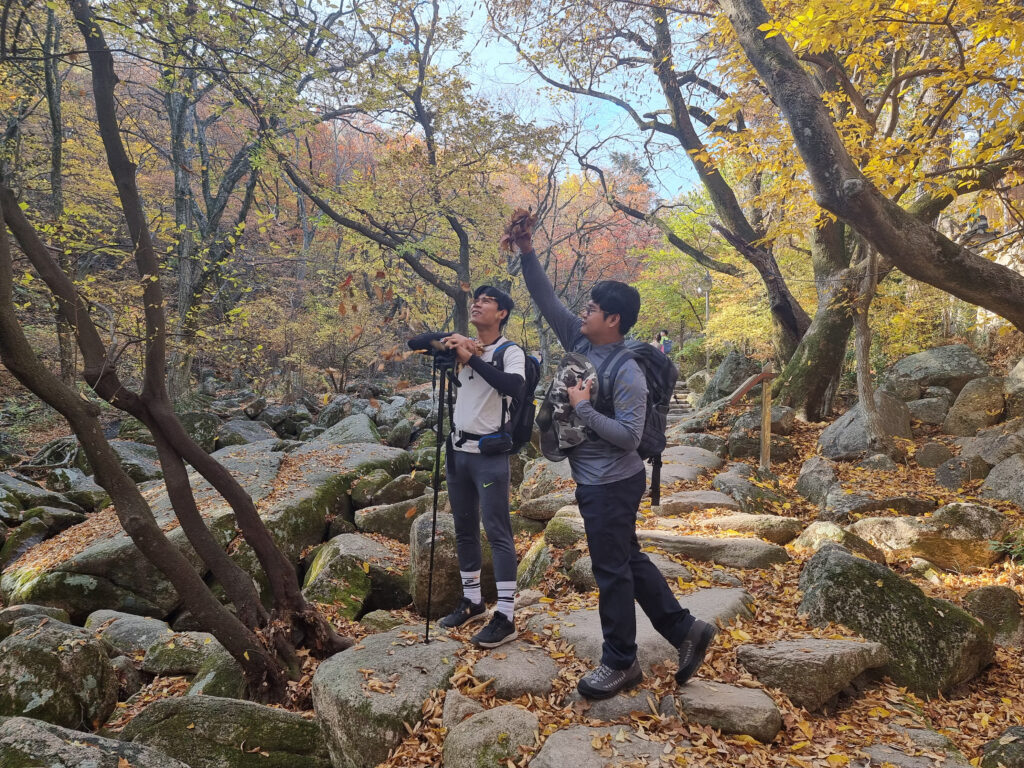
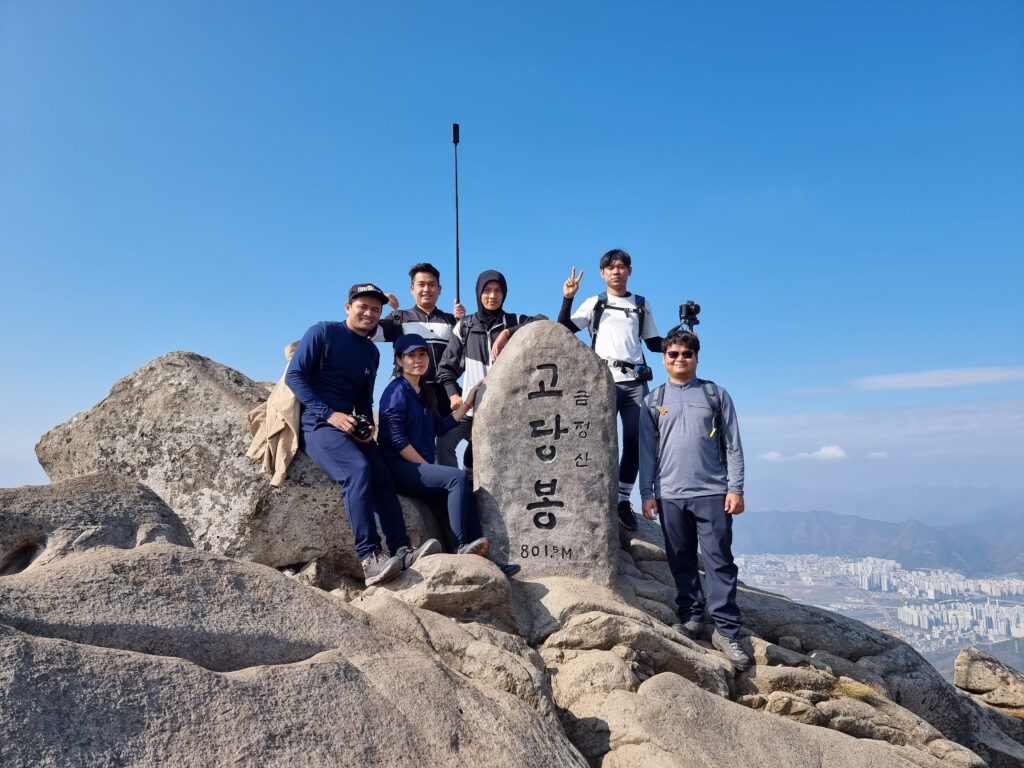
The Hidden “Duck Village”
After finishing our hike, instead of heading straight back to the city, we wandered into a small village that we had never visited before. We didn’t know its official name, so we jokingly called it “Duck Village.”
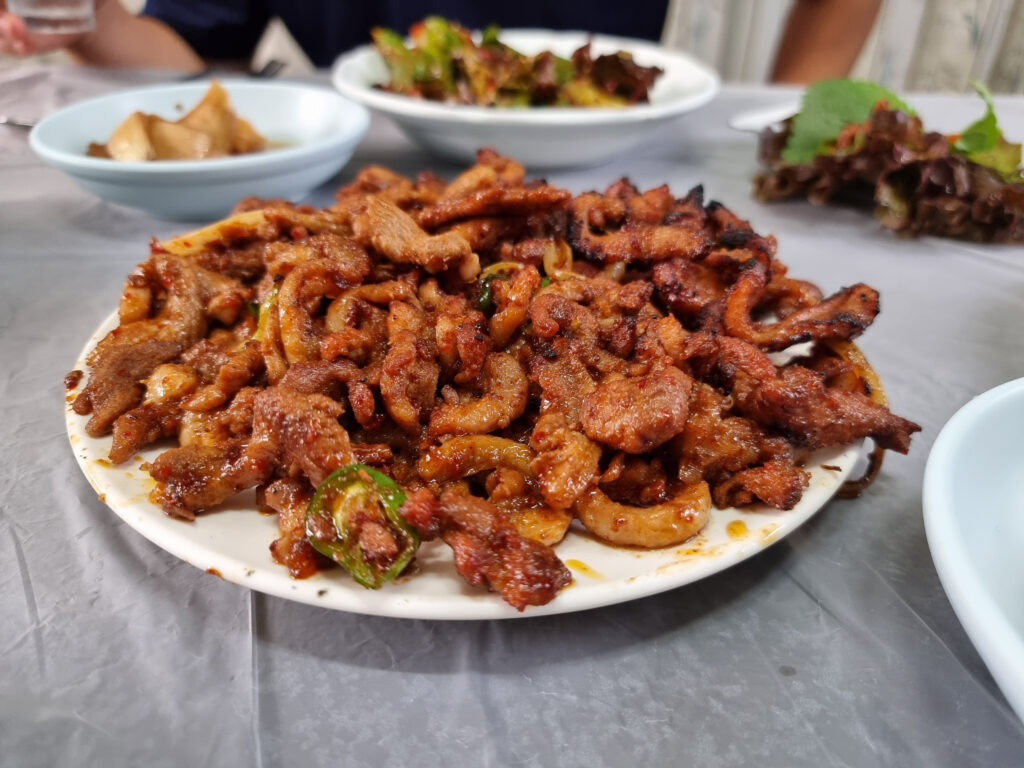
Why Duck Village? Because almost every restaurant there specialized in duck dishes! Grilled duck, duck hotpot, spicy stir-fried duck — the aroma filled the air, and after a long day of hiking, it was impossible to resist. We chose one restaurant and enjoyed a delicious meal together, feeling satisfied not only from the food but also from the entire day’s journey.
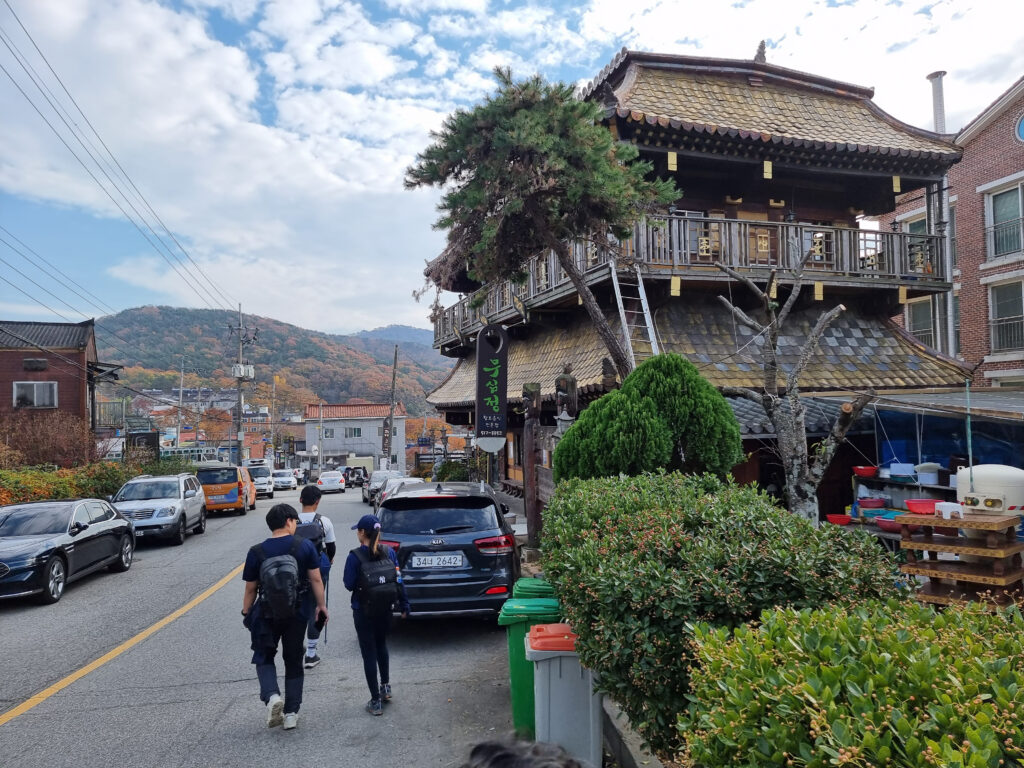
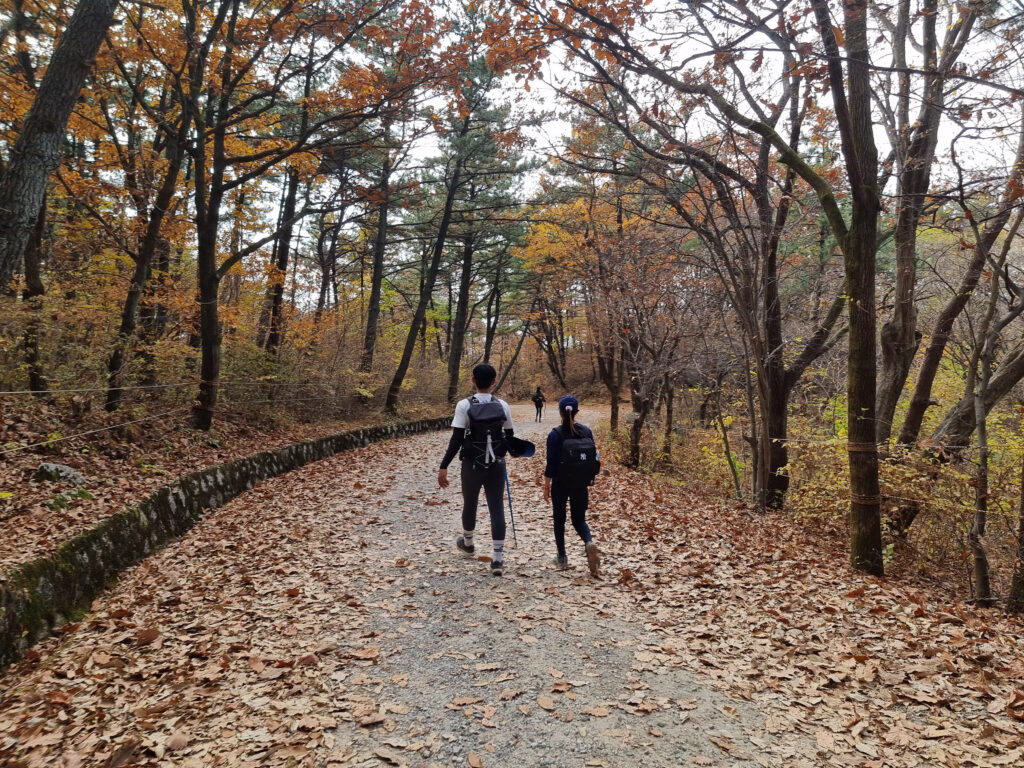
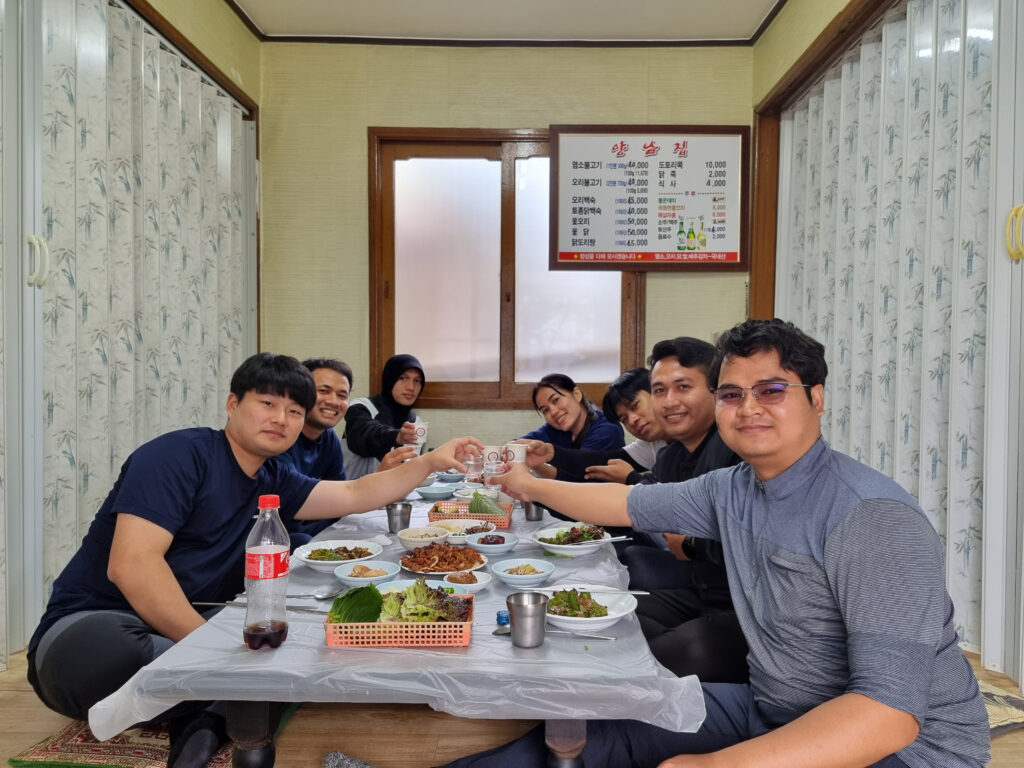
See you in the next post!

